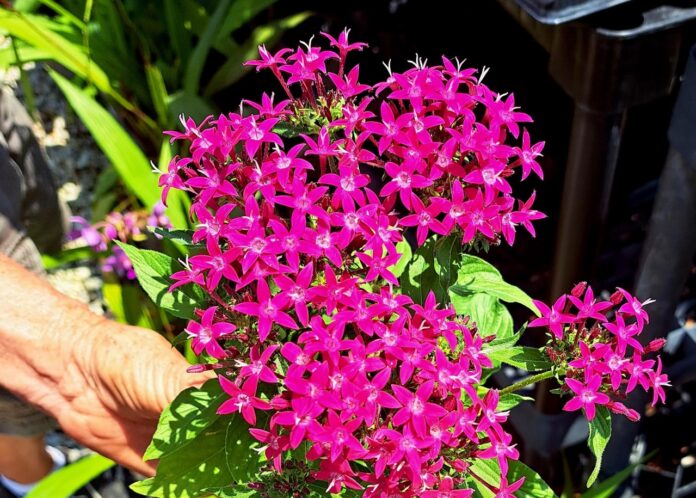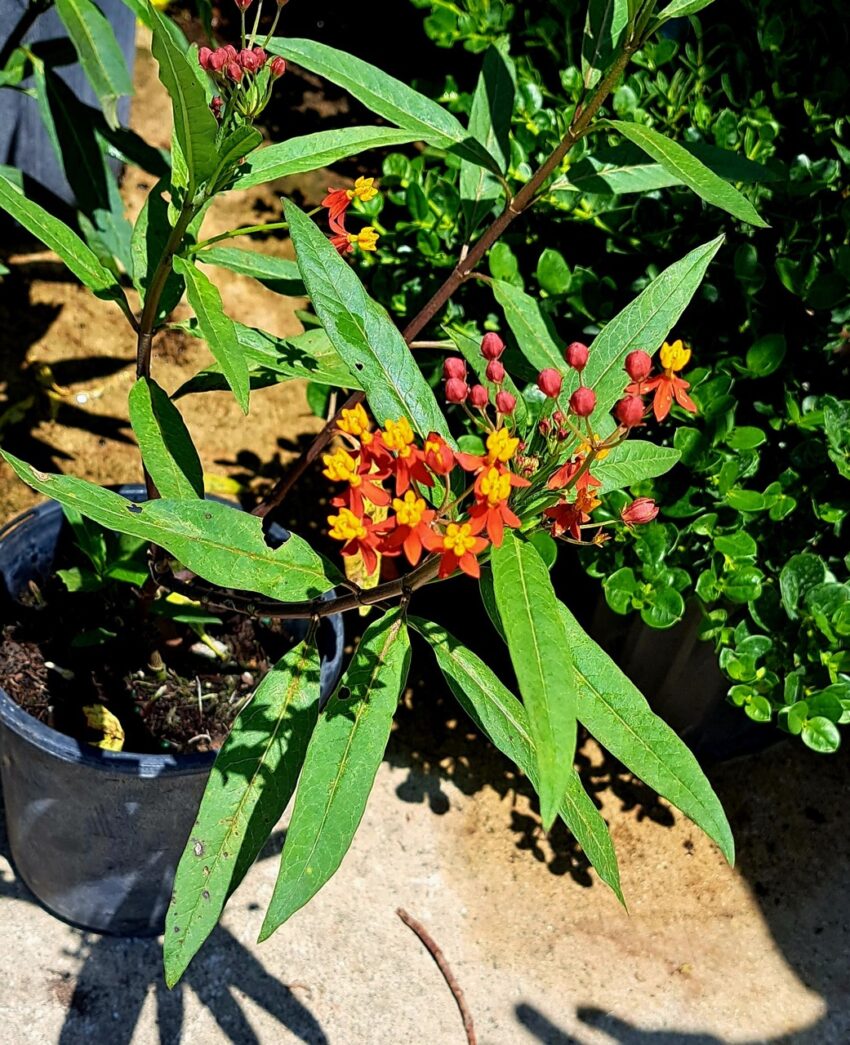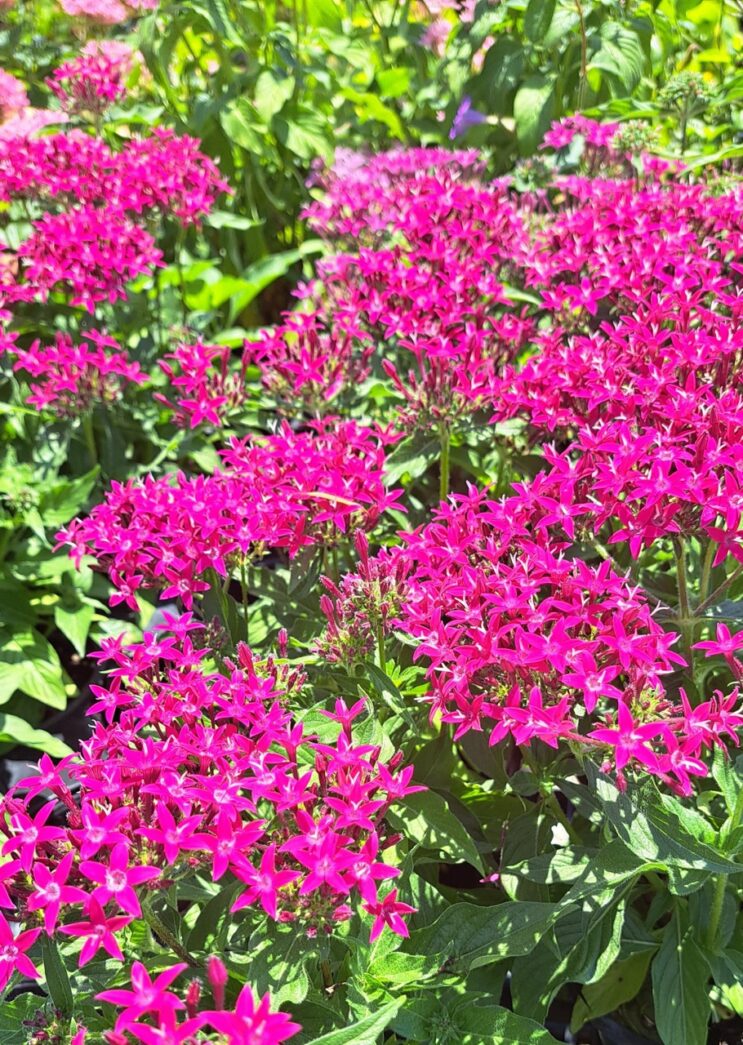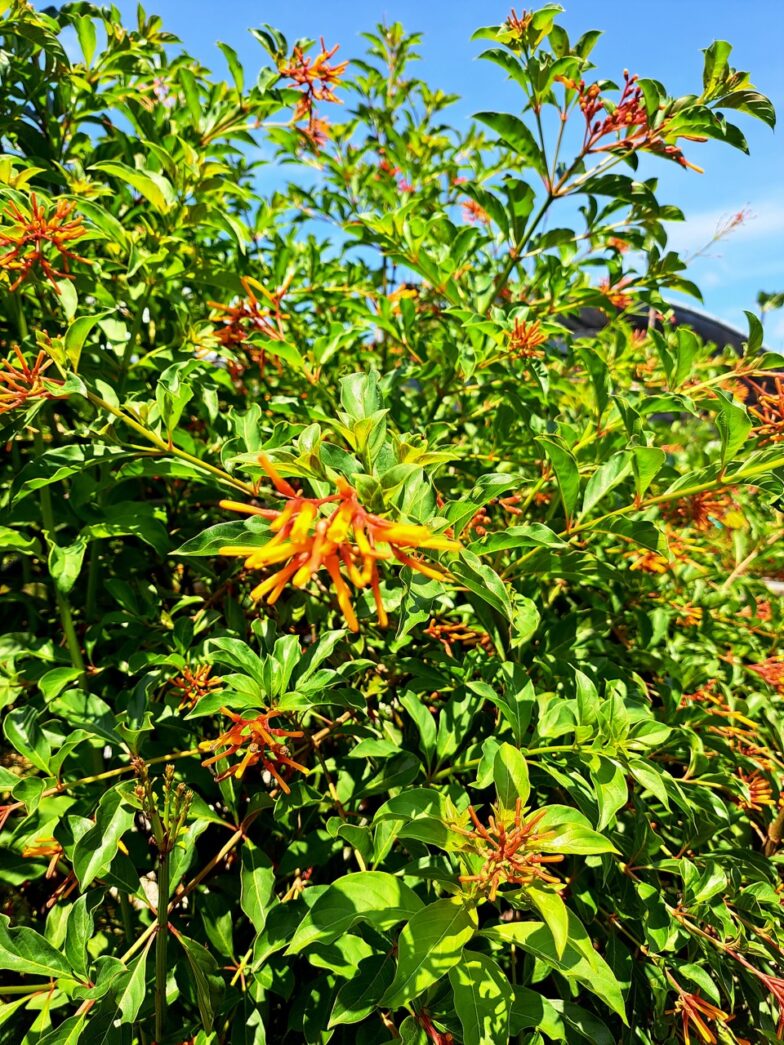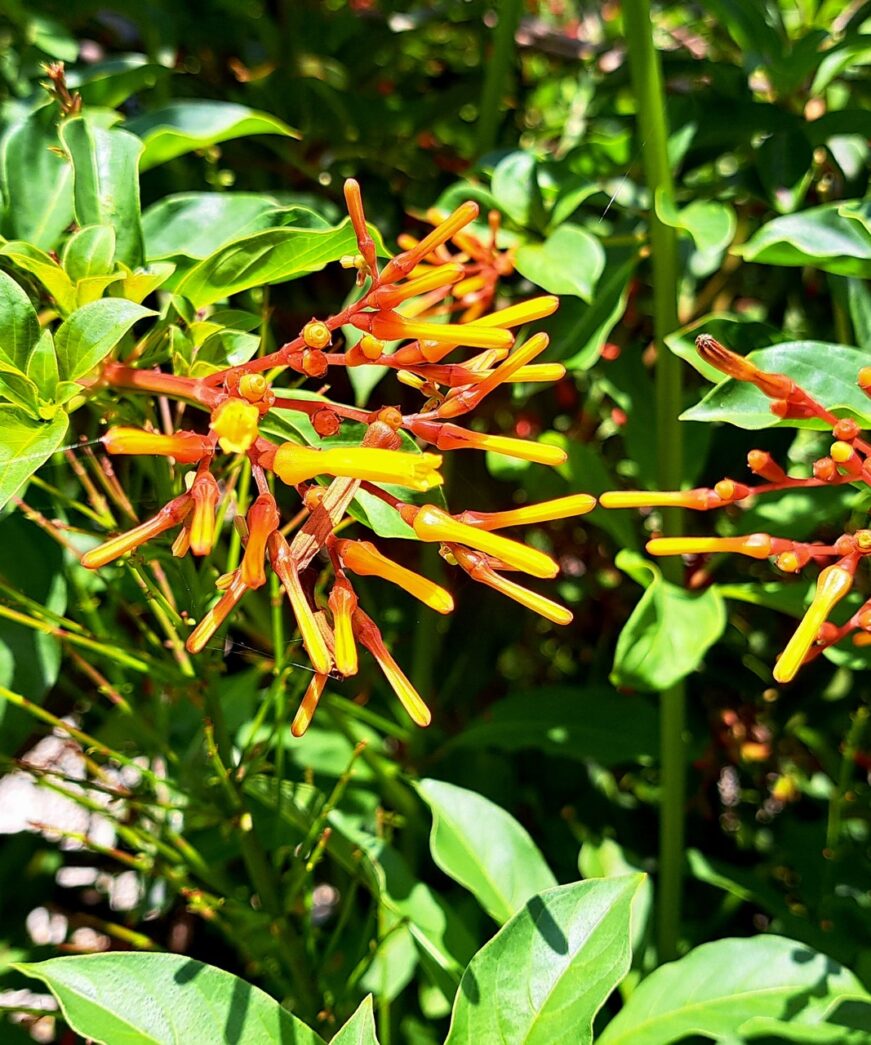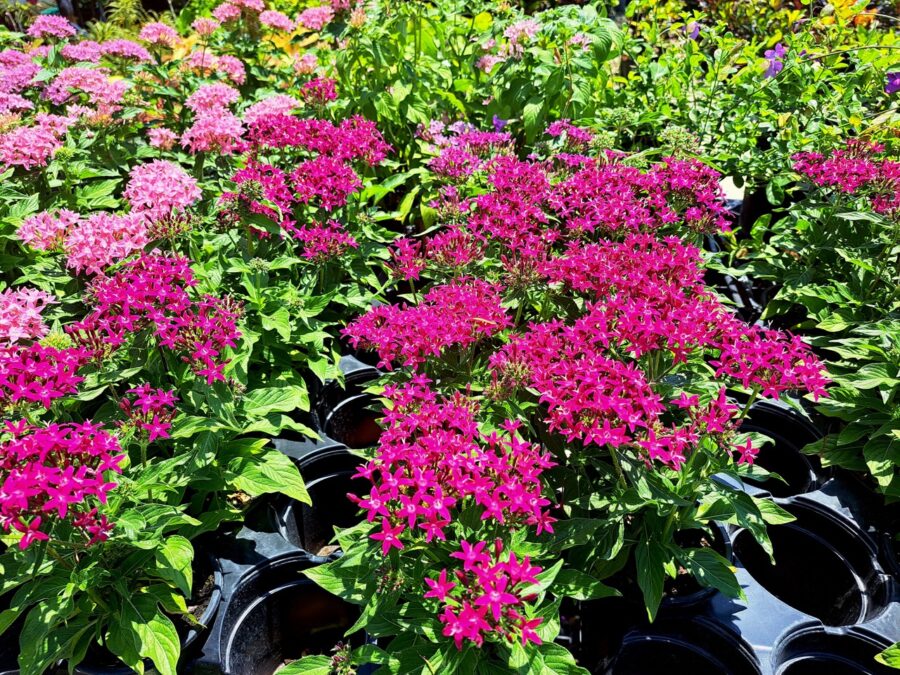“Do you think roaches and mosquitoes wish they were butterflies? No one likes roaches and mosquitoes, but everyone loves butterflies.”
Bemused, my mom turned from the stove to see what homework I was doing at the kitchen table all those years ago to prompt her 8-year-old’s monologue. My third-grade chapter on metamorphosis in class that day — a worm-like caterpillar wraps itself in a cocoon, then emerges as a butterfly — had sounded more like magic than science to me. Honestly, it still does.
Now, more than 30 years later, my opinion about the near-universal popularity of butterflies hasn’t changed, and the proliferation of butterfly gardens, planted specifically to attract these colorful insects, is proof that they continue to spark wonder and delight.
Butterflies are ethereal and optimistic creatures. Their paper-thin delicacy and intricately symmetrical paint jobs seem to defy both nature and science.
So it’s no wonder that butterfly gardens, or just a few plants that attract both caterpillars and their adult butterfly counterparts, have become an immensely popular addition to backyards everywhere.
Here in the Florida Keys, those gardens need not be dormant for months at a time, and several local nurseries sell both host plants that attract caterpillars and nectar plants that encourage the adult butterflies to stick around after they hatch.
“You just need those two things — one or more host plants and a few nectar plants,” said Susan Wilson, a vocational trainer in horticulture at the Monroe Association for Remarkable Citizens MARC) in Key West, where the nonprofit organization operates a nursery and plant store.
“Caterpillars are very specific in which plants they choose to consume and then build their cocoon on,” WIlson said, pointing out milkweed plants that the MARC Plant Store sells to attract the caterpillars that will become the iconic, autumn-colored monarch butterflies.
“Remember, you’re not choosing or using host plants to look pretty in the yard, because the caterpillars will destroy them with their eating,” Wilson said.
For an in-depth and fascinating lesson on the metamorphosis of caterpillars to butterflies, visit the Key West Butterfly & Nature Conservancy, which in addition to thousands of free-flying butterflies in its atrium, features two education rooms that provide an up-close look at caterpillars and hatching cocoons.
Once you’ve selected a few host plants to attract caterpillars, it’s time to select the pretty plants — the nectar plants — whose brightly colored, often tubular, flowers attract butterflies, who sip the nectar from the center with their long, protruding proboscis while the insect perches on the stem or a petal.
“The flowers of nectar plants often have small, compact heads with those tubular flowers,” Wilson said, pointing out fiery bright flowering plants called pentas that come in white, fuschia and pink. Firebush is another popular nectar plant for butterflies, though large ones can look more like a small tree than a flowering bush. The long, orange and reddish tubular flowers are wildly popular with butterflies, Wilson said.
In the Upper Keys, Island Home Garden Center in Tavernier offers countless colorful options for butterfly-attracting plants, whether planted in the ground or in containers. And their knowledgeable staff can help with suggestions and strategies for butterfly gardening.
“The most important thing is native plants, and we offer a lot of options for both Florida native and Florida Keys native plants for host plants and nectar plants,” garden associate Gina Cuba said. She, too, added that the host plants will be eaten by ravenous caterpillars, “but the cool thing is those plants are adapted to be eaten, and they’ll come back even stronger.”
Island Home Garden Center is also in the process of creating the Island Butterfly House directly across the street from their garden center, at MM 88 on the Old Road.
Finally, don’t miss the Key West Tropical Forest & Botanical Garden to see butterfly-attracting plants in full bloom, as the magical insects flit from flower to flower.
The botanical garden also offers monthly plant sales and plenty of skilled volunteers and staff to help novices and experienced gardeners fill their garden of earthly delights with plants that will lure these supermodels of the insect world to your own yard.
And in answer to my own 8-year-old question, yes, I believe every insect wishes it was a butterfly.














